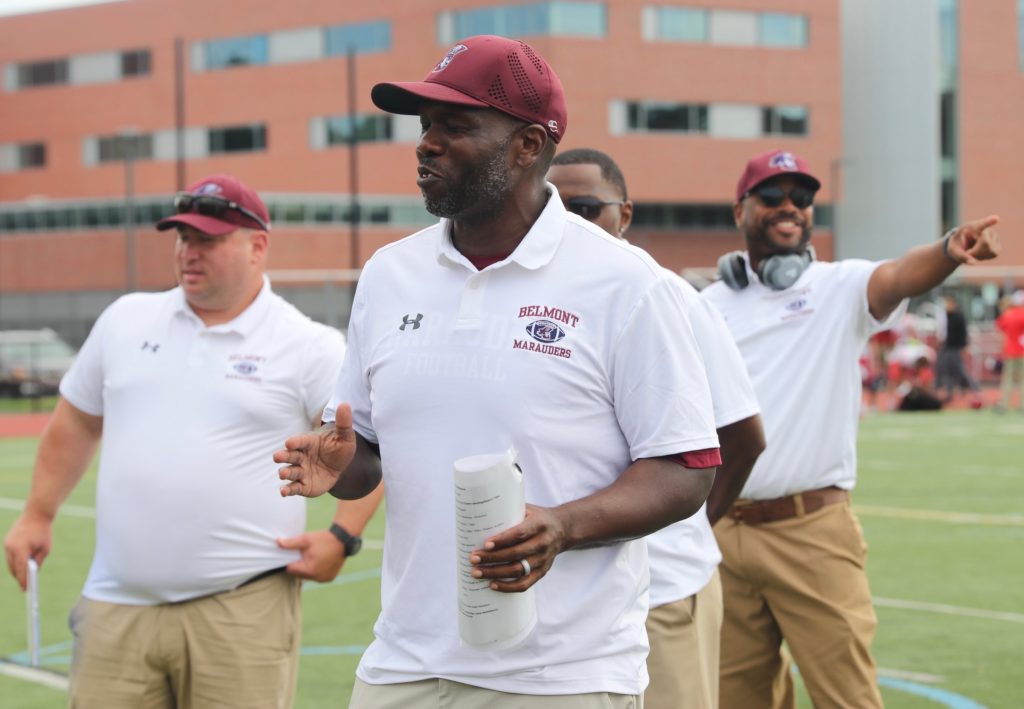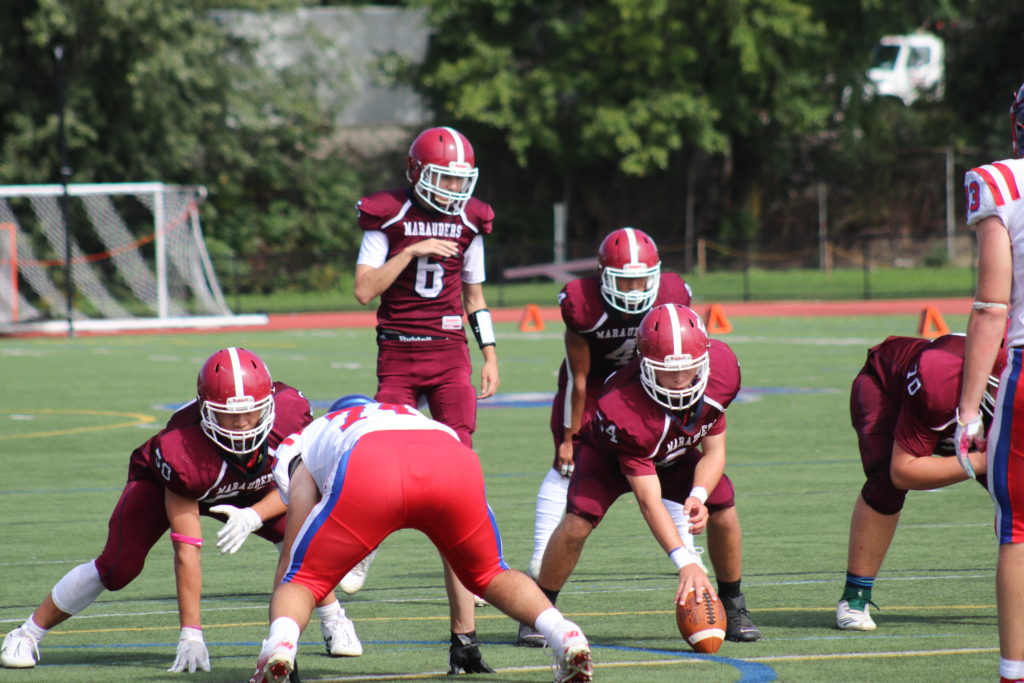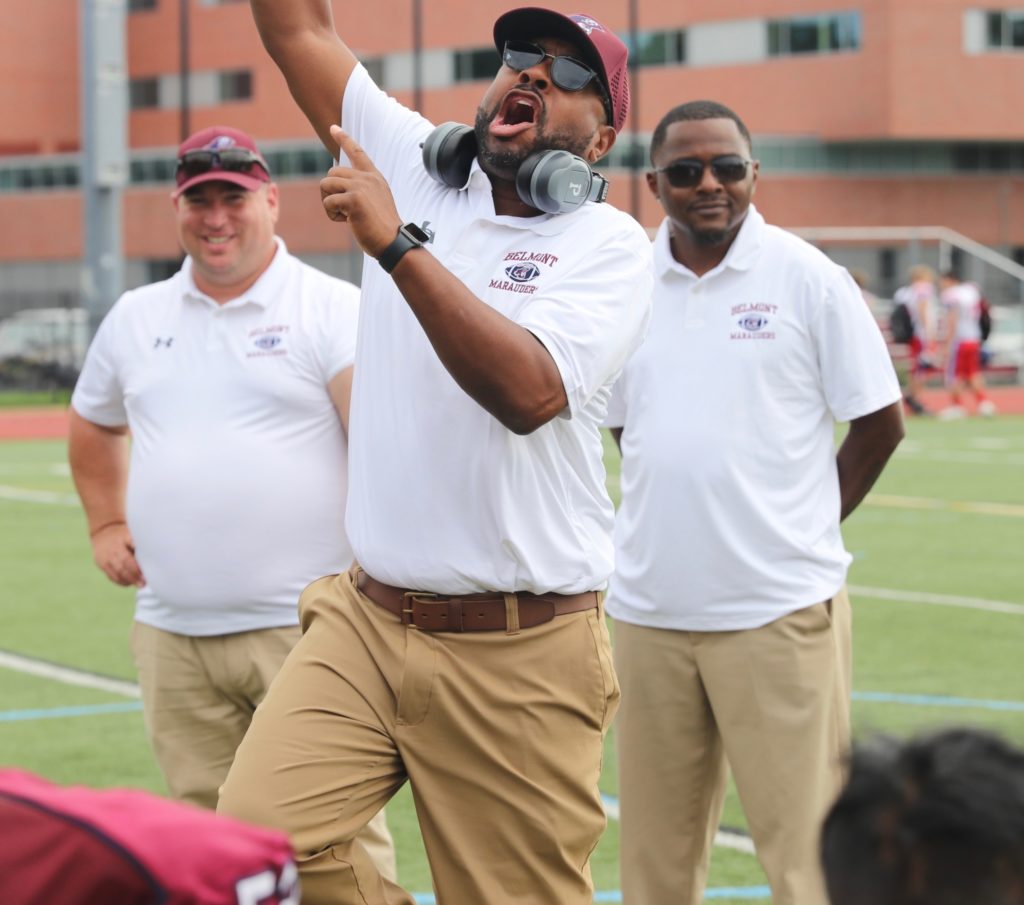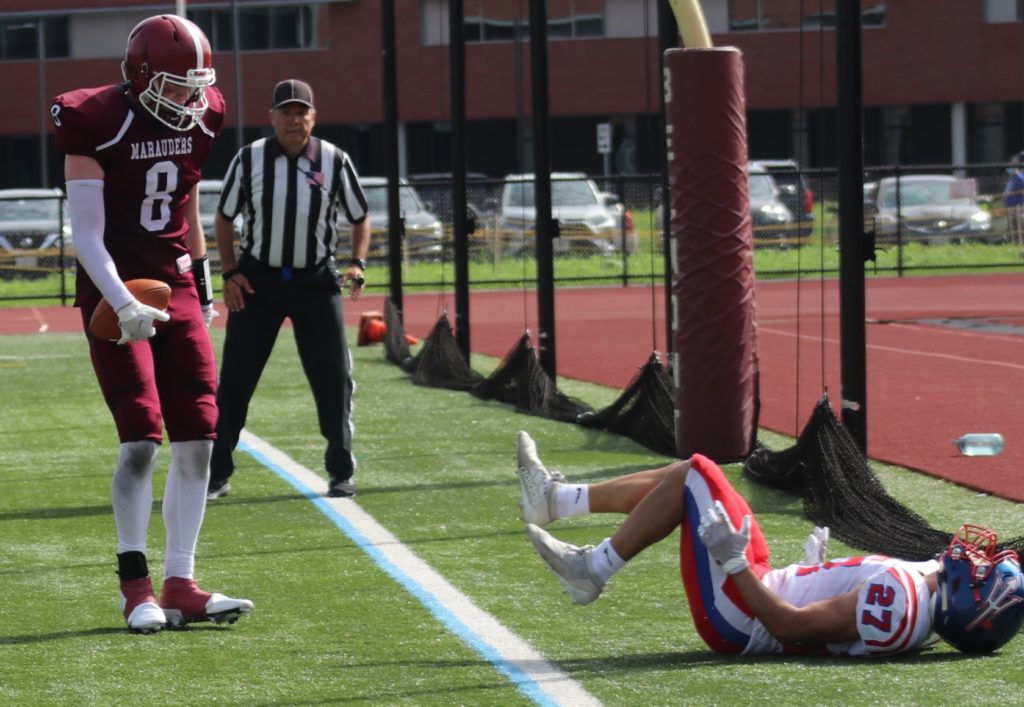Photo: There will be three opportunities next week to view the new high school wing of the Belmont MIddle and HIgh School.
Residents will have the opportunity to take a look inside of Belmont’s newest municipality buildings as they fling open the doors for the public in the coming weeks.
On Saturday, Oct. 16 at 1 p.m., the DPW/Belmont Police Department Building Committee invites the town to celebrate the dedication and ribbon cutting of the nenovated Police Headquarters with guided tours of the station located at the intersection of Pleasant Street and Concord Avenue will follow.
“Come see the successful renovation of the historic 1931 station and construction of the modern additions,” said the Building Committee chair Ann Marie Mahoney.
“I know it’s been slow but there have been small and annoying things at the end that we are still wrapping up. We are in the black and giving money back to Community Preservation and Warrant committees so that’s all that matters!” she said.
And the public will get their first look inside of the new Belmont Middle and High School on Concord Avenue as the district is holding three days of public tours of the high school wing:
- Wednesday, Oct. 20; 4 p.m. to 6 p.m.
- Saturday, Oct. 23; TBA
- Wednesday, Oct. 27; 4 p.m. to 6 p.m.
“It’ll be a very exciting day on Saturday. There will be some words spoken by students and there’ll be the marching band to welcome folks, said School Superintendent Phelan at Tuesday’s School Committee meeting, Oct. 5.
“We’re glad that we can open the doors with the majority of our spaces complete and ready to be seen and enjoyed by our community. We appreciate your funding of this beautiful new facility that’s completed phase one. And we’re prepared to move into our phase two for the seventh and eighth grade over the next two years,” said Phelan.



















